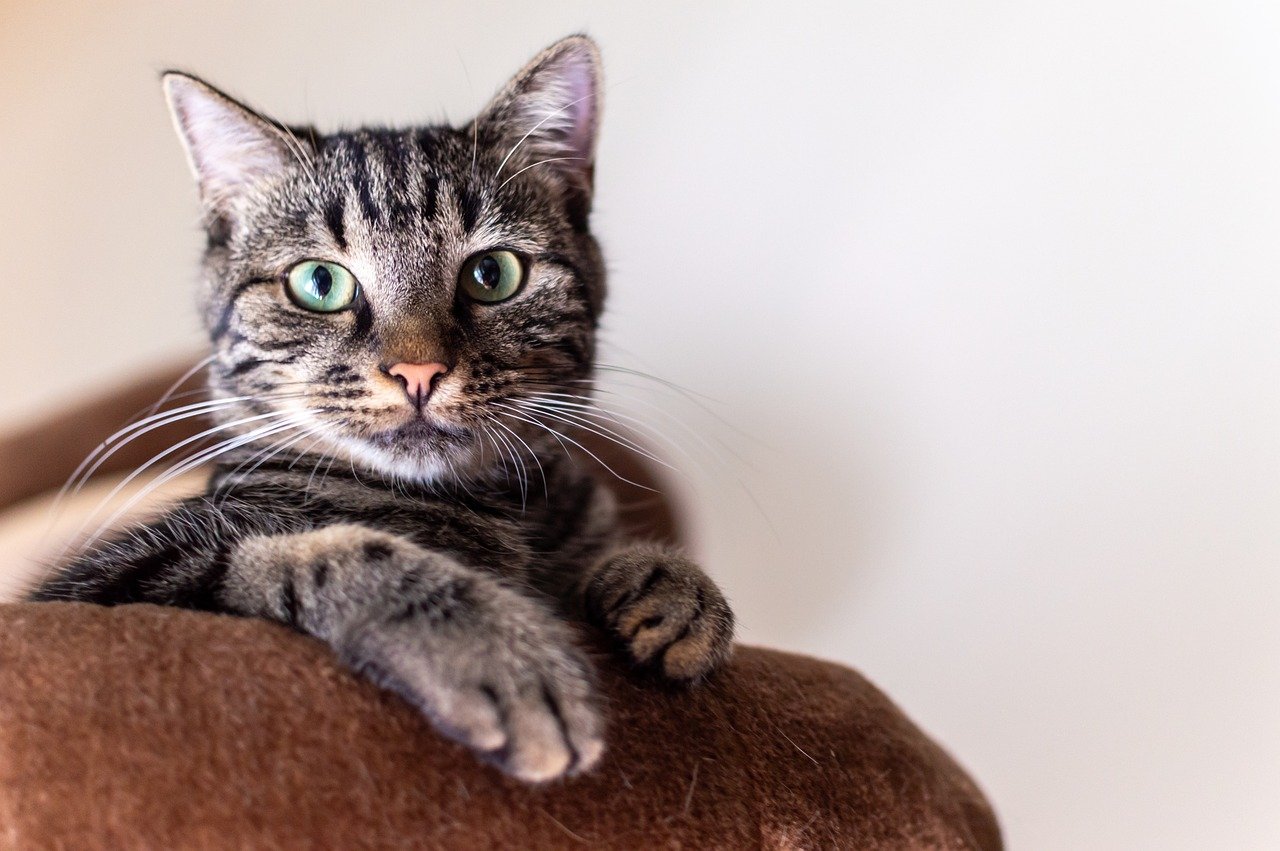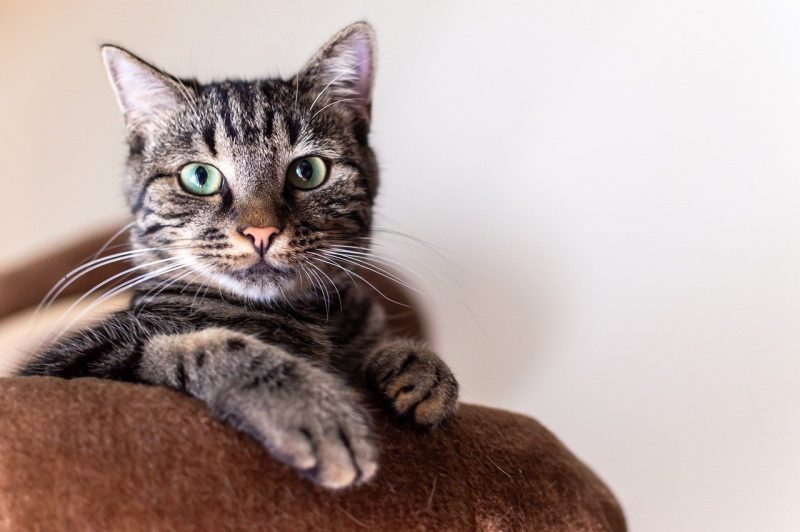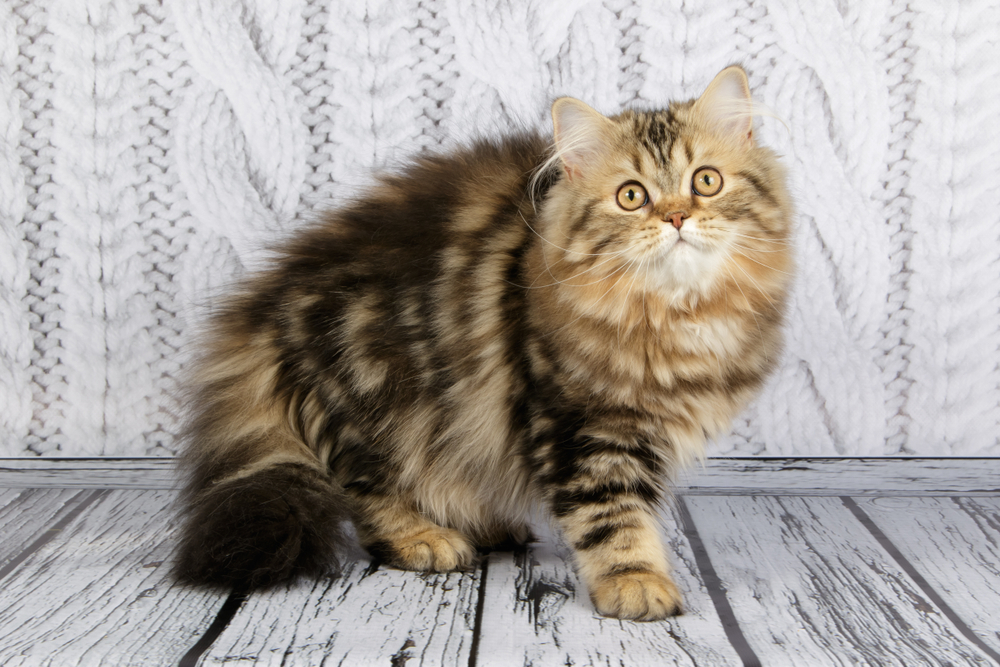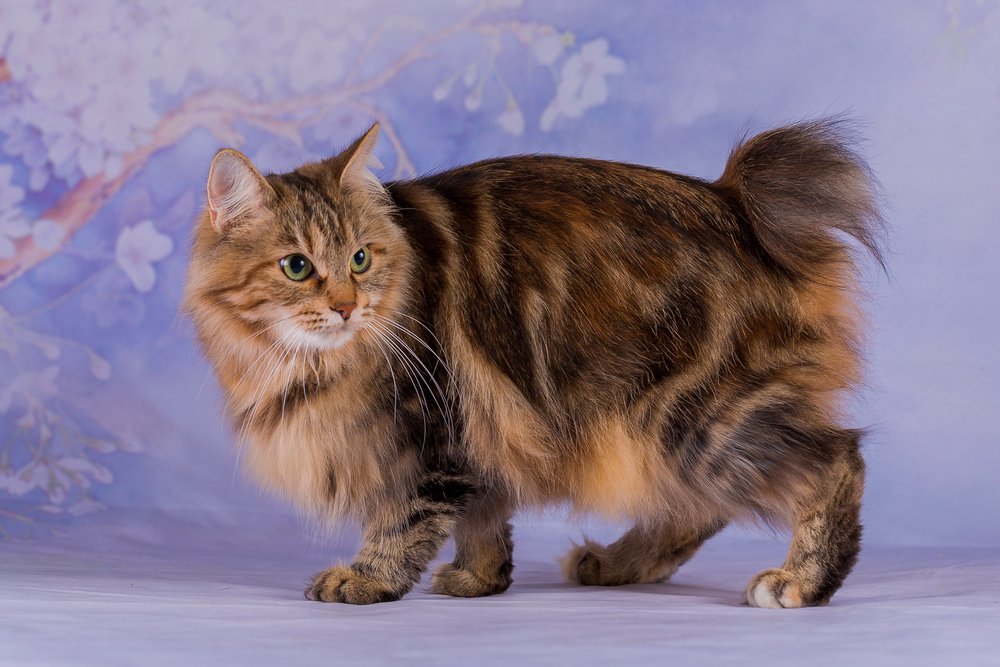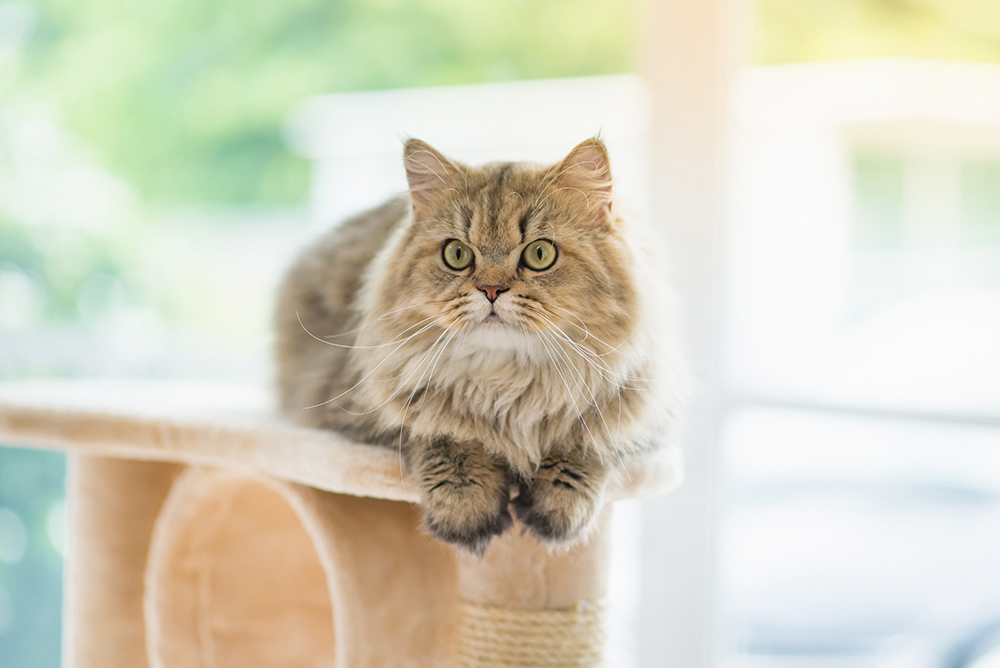Click Below to Skip Ahead
Have you ever been at a friend’s house and asked them what breed their cat is, only for them to tell you they’re a Domestic Shorthair? Interestingly, the Domestic Shorthair isn’t a breed of cat at all. It’s more of a grouping of mixed-breed cats. Let’s talk about it!
Breed Overview
Height:
8–10 inches
Weight:
6–15 pounds
Lifespan:
12–20 years
Colors:
Any
Suitable for:
Variable
Temperament:
Variable
The Domestic Shorthair is any mixed breed cat with a short-haired coat. They can be any mix of cat breeds. In fact, many of them are so mixed that it’s difficult, if not impossible, to determine what breeds they originated from. Because this isn’t a true breed of cat, you never quite know what you’re going to get with a Domestic Shorthair. The Domestic Shorthair is kind of a luck-of-the-draw type of cat since it isn’t a true breed. With purebred cats, there are breed standards for appearance and temperament, but the Domestic Shorthair doesn’t have this.
Domestic Shorthair Characteristics

Domestic Shorthair Kittens
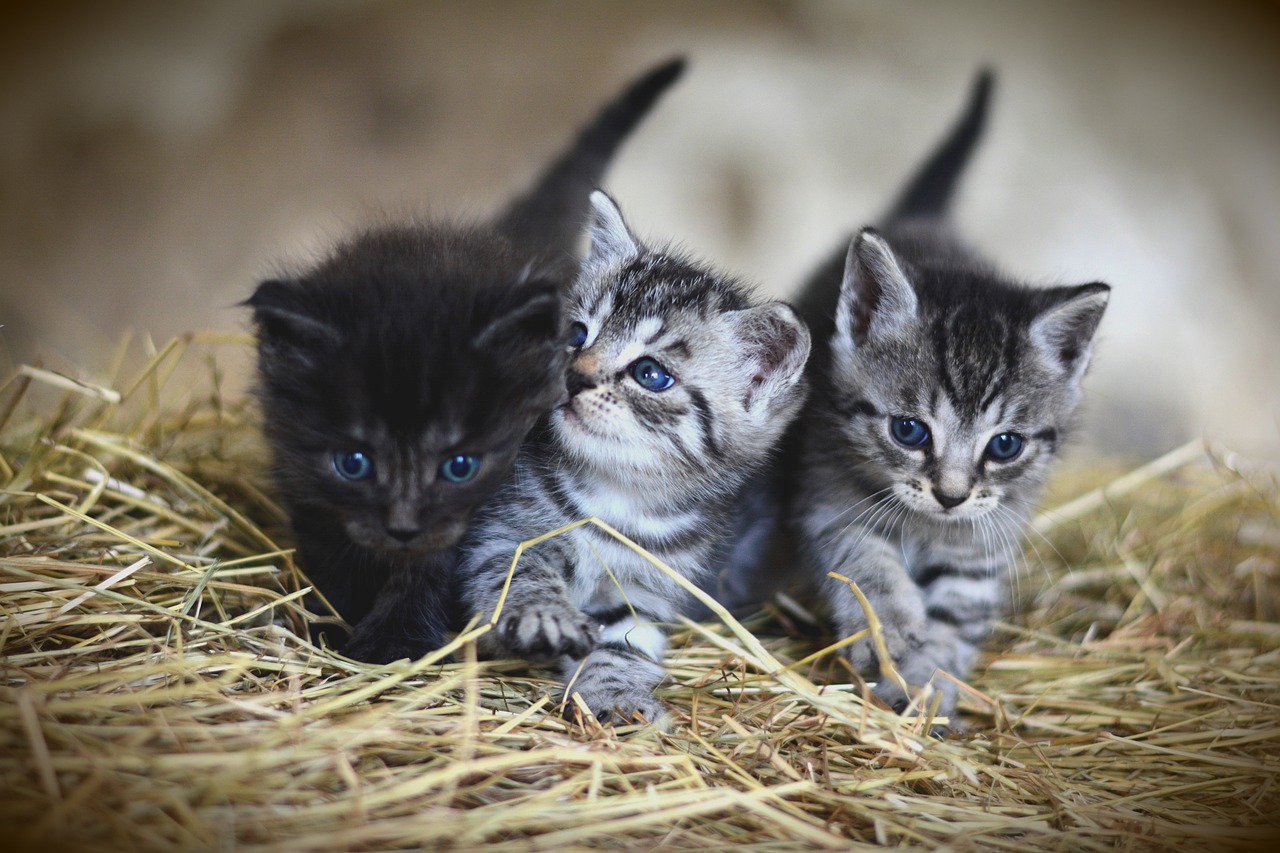
If you’re in the market for a cat, you will be able to find a Domestic Shorthair kitten or adult cat at any shelter or rescue organization. Domestic Shorthairs are usually the cats that make up feral cat colonies and the majority of the stray population, along with Domestic Longhair cats.
Many people find themselves acquiring a cat through the “cat distribution system,” which is the fun name for the tendency of cats to simply show up one day. It’s not uncommon to acquire a stray cat simply by coming across the cat or having the cat appear on your porch one day.
Although many people acquire their cats for free by finding them, if you’re seeking a cat or kitten through a rescue or shelter, you should expect to pay an adoption fee. Adoption fees are essential for supporting these organizations, and these fees often cover only a portion of the money spent on having the cat spayed or neutered and vaccinated, as well as treated for parasites and illnesses.

Temperament & Intelligence of the Domestic Shorthair
Since there isn’t a breed standard to work with and these cats can be any combination of breeds, there is no set temperament or behavior to expect with a Domestic Shorthair, and the intelligence levels vary between individual cats. Like with people, Domestic Shorthair cats all have their own personalities, preferences, and behaviors. When selecting a cat or kitten, spend time with multiple available cats to get a feel for their personalities. This will help you select the right cat for your home.
Are These Cats Good for Families?👪
There are tons of Domestic Shorthair cats that make fantastic family pets, but there is the occasional cat that simply doesn’t tolerate children or visitors. Taking time and care to select the right cat for your home can provide you with a better chance of getting a cat that is appropriate for the members of your household. Keep in mind, though, that children should be taught how to properly handle the cat. No pet should be expected to put up with rough handling or unintentional abuse from children.
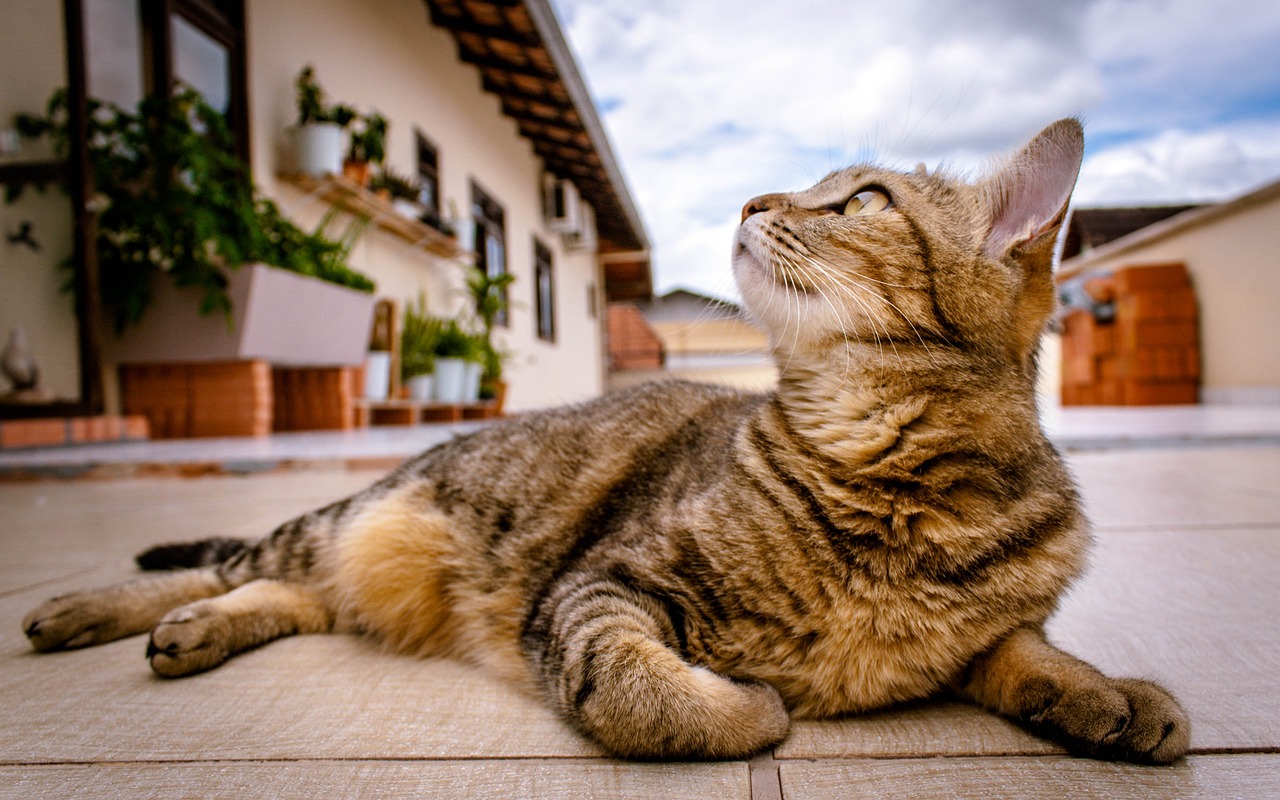
Does This Breed Get Along With Other Pets?
Many shelters and rescues will temperament test their animals before adoption, so they may be able to tell you if the cat you’re interested in does well with other animals. Some cats make exceptional companions for dogs or other cats, while others are happiest in a single-pet household.
One thing to always keep in mind when considering how your cat will get along with other pets is that cats have strong instincts to hunt. This means that most Domestic Shorthair cats are willing to chase, harm, or kill small pets, including rodents, reptiles, and birds. Some cats will even go “fishing” in an aquarium. Always ensure direct adult supervision if your cat is going to have any type of access to a small animal in your home.

Things to Know When Owning a Domestic Shorthair Cat:
Food & Diet Requirements 🐡
All cats should be provided with a nutrient-dense, properly balanced diet. Your vet can help you choose the right food for your cat based on your cat’s weight, health status, age, and activity level. The nutrient and calorie needs vary significantly based on these factors. Whether you choose a wet or dry food diet for your cat, it’s necessary to ensure the food is nutritionally appropriate for your cat’s individual needs and meets WSAVA guidelines for cat nutrition.

If you need to speak with a vet but can’t get to one, head over to PangoVet. It’s an online service where you can talk to a vet online and get the personalized advice you need for your pet — all at an affordable price!
Exercise 🐈
All cats need to be provided with some form of activity every day. Some cats may prefer to spend time playing by themselves, so these cats often do well with access to scratching posts, catios, and interactive toys. If you have a more social cat, though, you can expect your cat to want to spend time with you. Playtime is an excellent opportunity for building trust and companionship. Social cats will enjoy playing with toys with you, like teaser wands. Some cats even enjoy a game of fetch!
Whatever your cat likes, make sure you’re providing them with opportunities to get moving every day. Cats who don’t get exercise are likely to develop health problems and become obese.
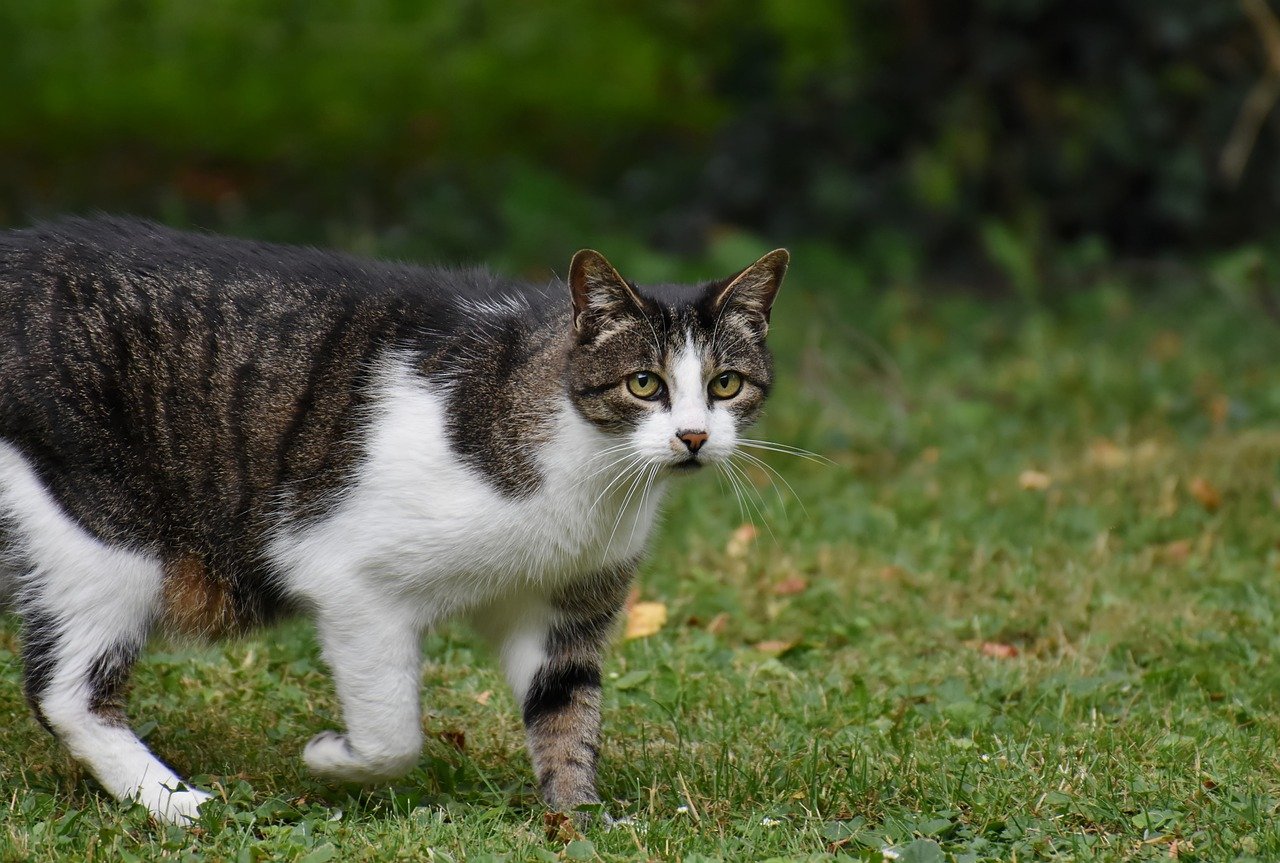
Training 🧶
Cats are more intelligent than they’re often given credit for, and many cats can be trained to perform tricks and play games. They can be stubborn, making it difficult to convince them to do these things. In general, the main things your cat will need to understand are how to properly use the litter box, the command “no,” and how to respond to their name.
Grooming ✂️
Grooming needs can vary between individual cats, but since all Domestic Shorthair cats have short coats, you can expect minimal grooming. Cats are fastidious animals that usually do a great job of keeping themselves clean. Brushing your cat every week or so can help to remove loose hair and dander, as well as help distribute the oils on their skin and keep their skin and coat healthy.
Cats that are elderly, obese, or simply lazy may struggle to groom themselves. Even short-haired cats can develop mats in their coat if they aren’t caring for it properly. These cats need to be brushed more frequently, but mats often need to be managed by a vet or professional groomer.
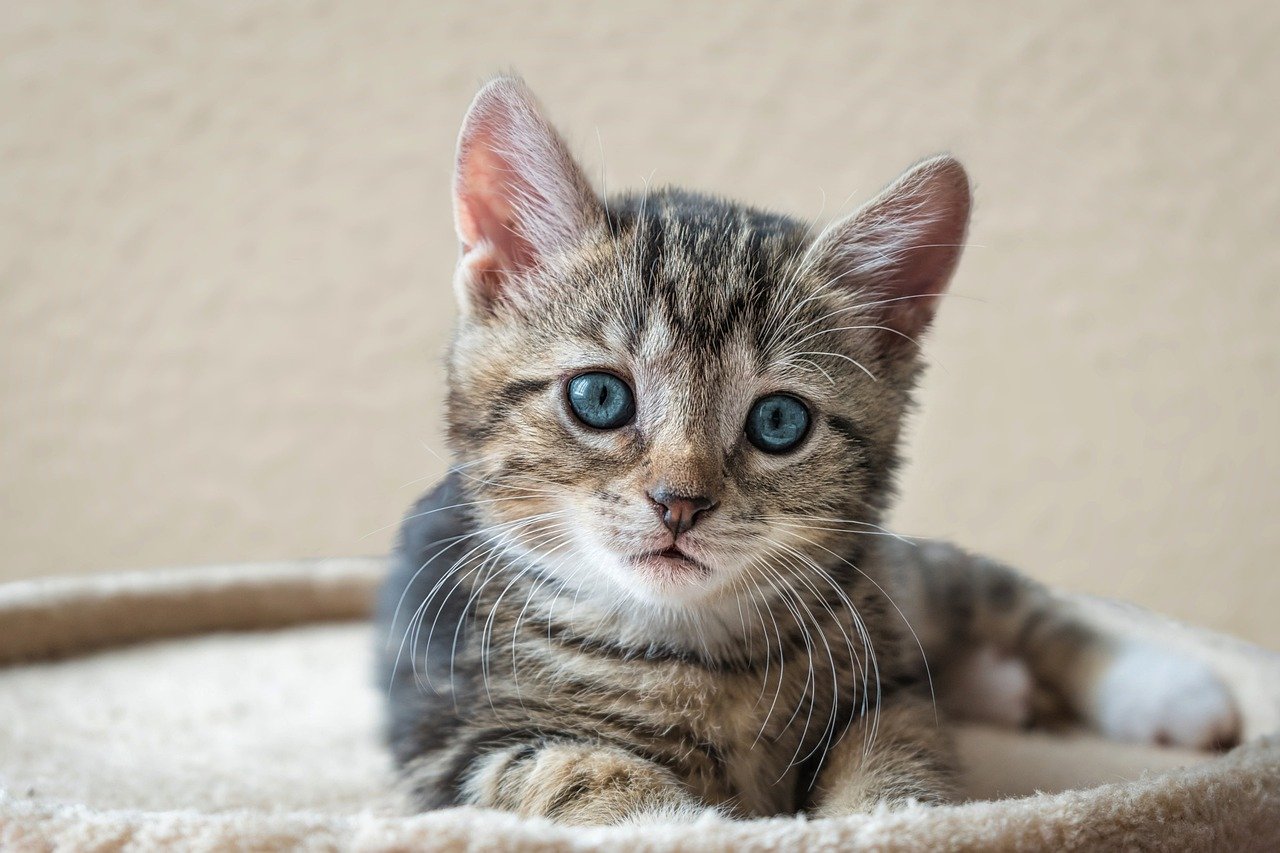
Health and Conditions 🏥
When compared to other cat breeds, the Domestic Shorthair is an extremely robust and healthy cat. This is most likely due to their mixed-breed heritage and genetic makeup. However, there are a few conditions that can affect them.
- Upper respiratory infections
- Fleas
- Intestinal parasites
- Allergies
- Arthritis
- Kidney disease
- Liver disease
- Heart disease
- Diabetes
- Obesity
- Feline lower urinary tract disease (FLUTD)
- Hyperthyroidism
- Dental disease

Male vs. Female
In general, there are a few distinct differences between male and female Domestic Shorthair cats. Male cats tend to be larger than females, and if males stay intact for a year or more, they are likely to develop a large, muscular face that is typical of tomcats. In neutered males, their behavior usually leans more toward being affectionate and social with humans and other cats, while females are more likely to be standoffish, fearful, or extremely independent.
If you’re simply trying to determine if a cat is male or female, then you should look at their genitalia beneath their tail and rectum. Female cats have a vulva, which appears as a slit, while male cats have a penis, which appears as a rounded hairless area. The easy way to remember the differences in male and female cat genitalia is that females look like an exclamation point and males look like a colon. It can be tricky to sex cats, especially if your Domestic Shorthair kitten is small, so you may need your vet to help you determine the sex of your cat.

3 Little-Known Facts About the Domestic Shorthair
1. Its roots are traced back to the early days of pioneer settlement in North America.
The Domestic Shorthair is a hearty breed that is excellent at catching rats. This made them welcome passengers on ships sailing to the Americas. Their rat-catching skills proved useful in the homes and barns of the colonizers. Rats spread disease, so these cats might have actually saved people’s lives!
2. They can be of various sizes.
As you saw in our size chart at the start of the article, Domestic Shorthairs can vary quite a bit in weight. Their mixed ancestry leads them to be of various sizes and shapes—thus adding to their uniqueness.
3. Even though they are non-pedigreed cats, they are accepted by the Cat Fanciers’ Association (CFA) in the Household Pets category.
Have you heard of the Household Pets category before? According to the CFA, in this category, cats are their uniqueness, pleasing appearance, unusual markings, and sweet dispositions rather than markings, color, or coat length. All cats in the Household Pets category should get the grand prize!

Final Thoughts
Domestic Shorthair cats come in all shapes and sizes, and you can find a cat to match any type of household. They’re typically hardy and versatile cats, but since they’re all a mix of various distinct cat breeds, the behaviors and appearance of these cats are highly variable. It’s best to spend time with a Domestic Shorthair cat before you adopt it in order to better understand its personality and temperament. This will help you make the right choice for your household and the cat.
See Also:
Featured Image Credit: Jill-Schafer, Pexels

